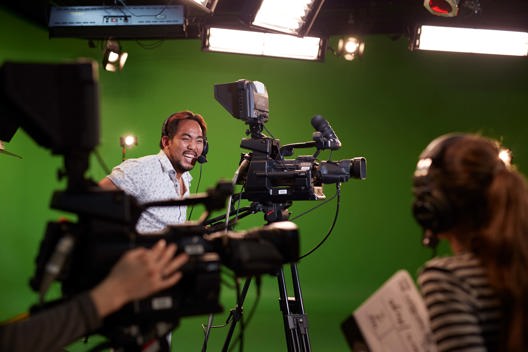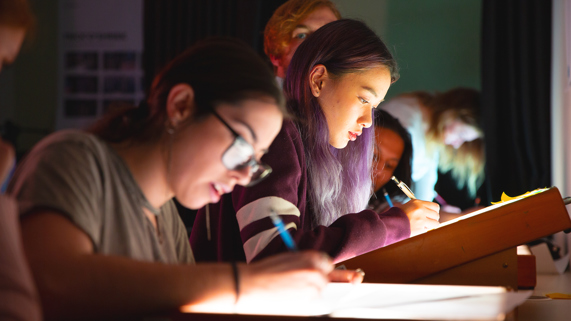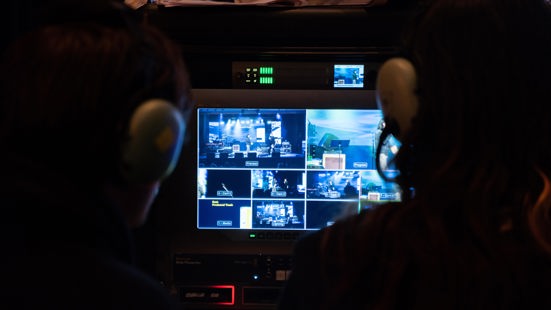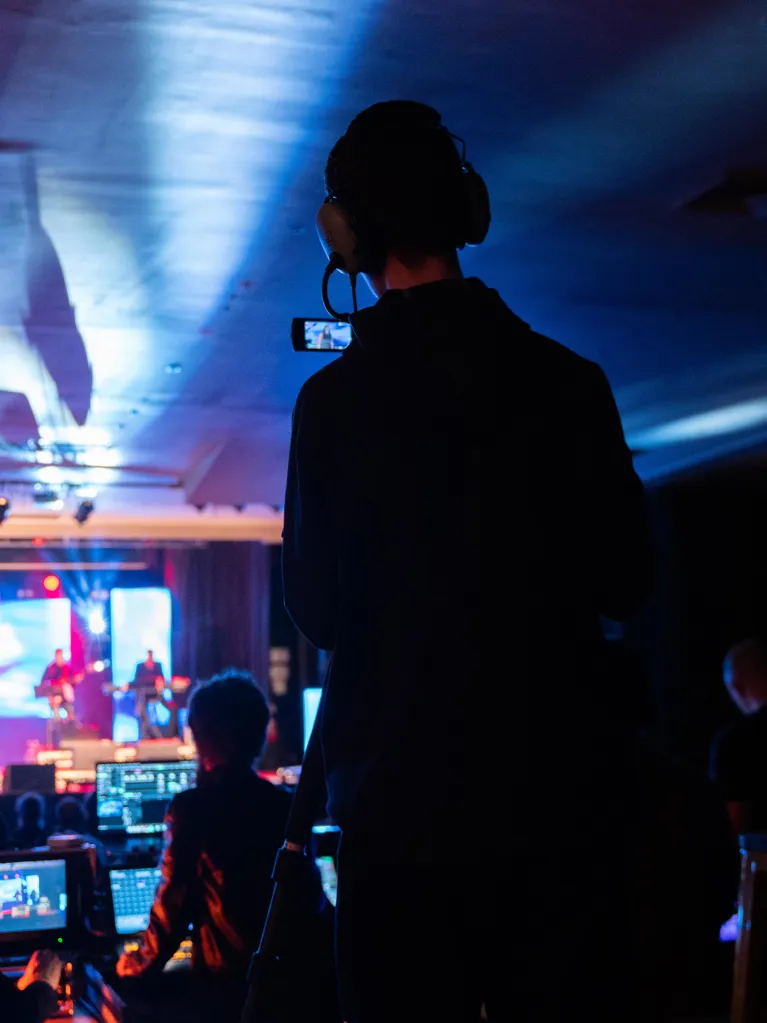When you think of a “creative career”, what’s the first thing that comes to mind?
A touring musician, an actor on a film set, an animator in their studio perhaps? Often, it can be difficult to pinpoint exactly what a creative career really is - and considering the nature of creativity itself, that’s completely understandable. Although there might not be one cookie-cutter approach to turning a passion into a profession, we’ve come here to clear out the rumours and set the record straight when it comes to jobs in the creative industries…
A creative career is NOT a side hustle.
One of the biggest misconceptions to plague the creative industries is the idea that creative jobs cannot provide a liveable income to those who choose to pursue their passions. At JMC Academy, we’ve seen countless examples pointing to the contrary, as educators of emerging creatives for over 40 years.
In the newly released A New Approach (ANA) report To Scale: Mapping Financial Inflows in Australian Arts, Culture and Creativity, Australian cultural and creative industries were found to have attracted $160 billion in financial inflow from 2020–21 (that’s up 13% from the comparison year of $141 billion in 2017–18).

Creative careers are everywhere.
Creative skills are fluid, malleable and highly relevant skills that lend themselves to industries far beyond those that may be considered “creative”. Designers, content creators, project managers, producers and technical specialists are all examples of jobs that infiltrate across industry, from finance to health, education, advertising, urban development and government. The list goes on and, just like everything in a creative career, is only limited by imagination.
Etymologically, industry means to build and grow with skill, diligence and zeal (it’s Latin). So often the world turns to its creatives to provide fresh insight and approach to problems where traditional methods fall short, even though a creative professional may thrive in the studio, on set or at the festival, they can also bring value to board rooms, construction sites and clinics.
Creative careers are in-demand.
According to data collected in the 2021 census, creative employment is growing at a rate more than 50 per cent higher than the rest of the workforce, despite some sectors being hit hard by COVID in the past few years.
The Federal and State Government’s recent and close attention to boosting Australia’s creative sector, through the reinvigoration of governing bodies such as Creative Australia and additional funding in the billions, speaks to the economic potential of our country’s creative industries in both the immediate and long-term future.

A creative career is structured (but maybe not as we know it).
Even if they don’t run to a typical 9-5 schedule, creative careers (like any other career path) are innately structured in some way or another.
Think about it. Every movie with a production schedule, every performance with an opening night and every touring show with logistics requires unparalleled discipline to (quite literally) get the show on the road. Structure in a creative career is much like creative skill itself: although it might not be what’s considered “conventional”, it is undeniably real and requires perseverance and discipline to reach its highest potential.
Creative careers progress and evolve.
Much like any other industry evolves with the introduction of new ideas and technologies, so too does the creative industries. Personal development and growth is as much a part of excelling in a creative occupation as it is for any other- and so often it’s the public eye that gets to enjoy the benefits of this progression.
Whether it be a film director experimenting with a new style of cinema or an audio engineer learning a new way to mix music, experimentation and exploration of new opportunities (whether it be in a job role or creative practice) is essential. At JMC we have witnessed the creative industries expand over the decades to include jobs that have never before existed (ever heard of a Virtual Reality Developer or UX Designer?), as well as the evolution of jobs as we once knew them (animation has changed a lot), so we know how important it is to keep our students right on the cutting edge of what’s new in the creative industries now.

A career in the creative industries holds just as much potential for growth, progression, remuneration and satisfaction as any other career pathway. And just like with any other career, success is possible for anyone with grit, passion, practice and perseverance. At JMC, our unrivalled experience inspiring generations of students, and instilling the optimal blend of creative smarts, skill and strategy to ensure that each and every individual can optimise their own unique aptitudes and potential, speaks for itself through the stories of our alumni.
By keeping our students connected to the absolute best in emerging technologies and helping to foster the growth of valuable professional networks that will sustain our graduates for the many fruitful years to come, we understand better than any institution what it really takes to thrive as a creative professional in the real world.














